Nur-Ratnakar (Volume I)
Synopsis
A number of artistic trends, derived from the Arabo-Persian tradition, contributed to the richness of music in medieval India. The first volume of Nur-Ratnakar offers a compendium of sources on the early manifestations of this cross-cultural phenomenon, from the end of the tenth century to the end of the fourteenth, a key-period in the development of Indian music, especially court-music. Some of the important Arabic and Persian sources examined in the first volume of this ‘Bio-Biographical survey’ highlight diverse but complementary aspects of the art-music of India. Shahab Sarmadee’s selections from texts of various literary genres (such as musicological texts, historical chronicles, poetry and ornate prose, memoirs and other personal writings) document the history, theory and practice as well as the aesthetics of ‘music’, often in its traditional Indian definition, which includes dance and occasionally drama. Since music is considered a science and a branch of knowledge in the Arabo-Persian Civilization, classical treatises in Arabic stress the importance of the ‘musical and consonantal ratio’. Celebrated texts even when they do not refer to Indian music, provide deep insights into the mathematical structure of music in medieval India. Besides treatises in Arabic and Persian on the theory of music and historical chronicles highlighting the eminence of this art, important musicological treatises and poetical works relevant to music written in Sanskrit during the period under consideration are included in the survey. Knowledge of music was a prerequisite for a sophisticated ruler, hence the aristocratic patronage to music and musicians throughout the Islamic world. In India, from the Sultanate period onwards, many Indo-Islamic rulers encouraged music and dance, of both Persian and Indian origin, with a view to promoting the interaction between Persian and Indian culture. The main stay of the present study has been the documents which could be found to yield a somewhat connected account of how culture of this country “stood in relation to the social and political regimenmâ€; therefore how the combined arts of song, dance and drama progressed down the ages, and towards an inevitable synthesis and change.
Read more
49.99
44.991
$
55.55 $
Free delivery Wolrdwidе in 10-18 days
Ships in 2-4 days from New Delhi
Membership for 1 Year $35.00
Get it now and save 10%
Get it now and save 10%
BECOME A MEMBER
Books by the same authors

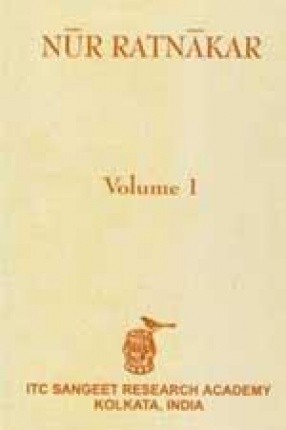
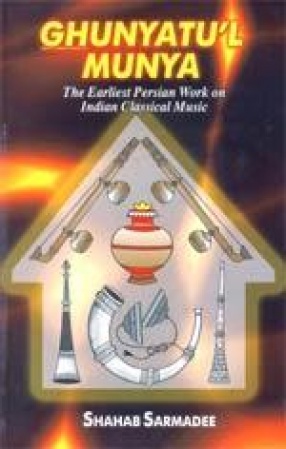
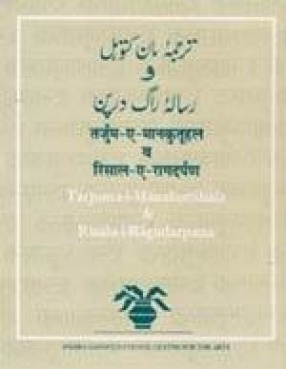
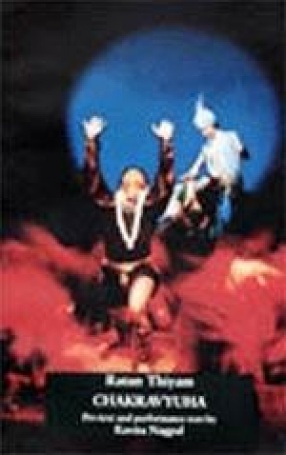
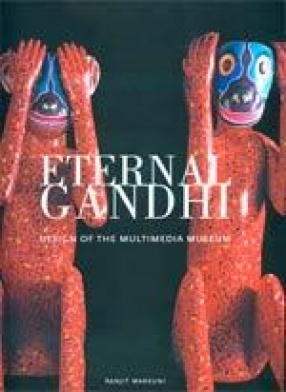
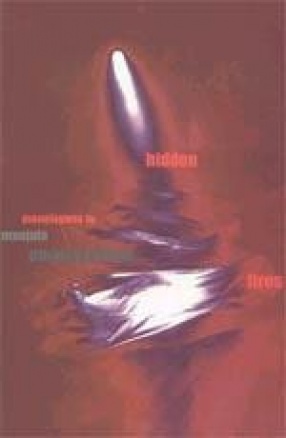
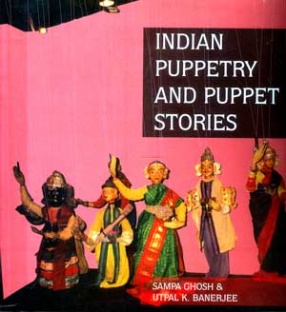

Bibliographic information
Shahab Sarmadee
Prem Lata Sharma